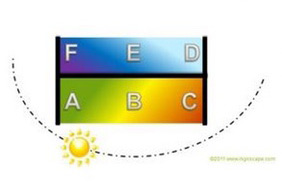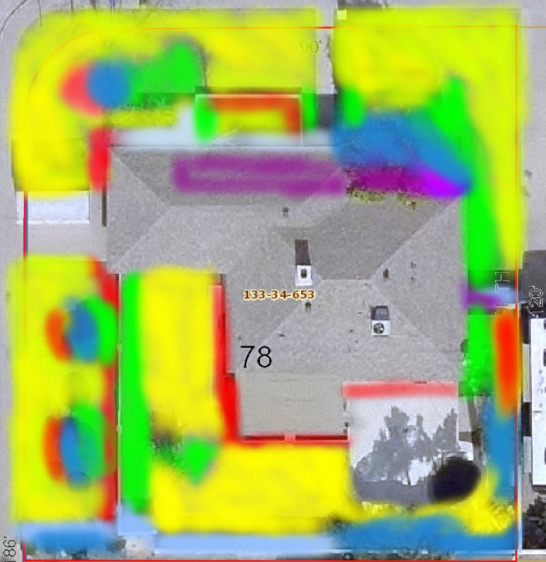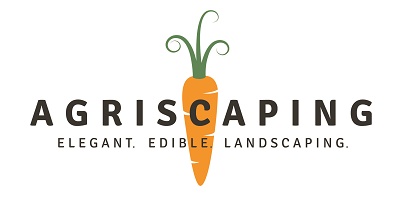ABC’s of Microclimates
The ABC’s of Microclimates

*By Cindy Dixon
When planning a garden, most people rely on the USDA/Sunset Plant Hardiness Zone maps or seed packets. These sources help growers determine which plants will grow in their geographic location. Hardiness zones indicate how well a plant will survive in a variety of growing conditions relative to heat, cold, and rainfall in the area.
Traditionally, we have grown edibles in areas that receive 6-8 hours of full sun, thus, limiting one’s growing options to a relatively small area in many landscapes. What about using your entire landscape to grow food instead? Take some time to observe your yard. Is there a place that never seems to get any sun? Is there an area that has great morning sun, then shaded in the afternoon? How about an area that gets lambasted by the western sun? These areas are known as microclimates: areas that differ from the climate of the surrounding area. Agriscaping can help with these multiple areas to increase your growing capacity; it’s called Microclimate Mapping.
Over the past decade, Agriscaping has studied the relationships between microclimates found on properties and the growth of plants. They have created Micro-Climate Technology. This technology helps gardeners grow anywhere…Indoor, Outdoors, Full sun, or Full Shade. Agriscaping established 6 basic microclimate categories, indicated by the letters A through F. Each letter represents a different microclimate zone according to the amount of sunlight it receives, which determines what plants will grow in that space. For example, Zone A receives the morning sun and is shaded in the afternoon. Zone B is known as the traditional zone since it receives sun throughout the day. For those shaded areas of your yard, Zone F is the microclimate for that space.

Microclimate mapping is exclusively done at Agriscaping. Through Agriscaping, you are able to have your property’s microclimates mapped out. In addition, you will learn what plants flourish in the specific microclimate with your personalized color-coded zone chart. You have increased your growing capacity by 6! THAT’S BIG!
Knowing what to grow and where to grow in your microclimates will help extended success in your landscape. Get your yard evaluated today, click here to learn how!
* Cindy is an Agriscaping Certified Educator (ACE) in Arizona.
